Now here was a guy who was looking for a full-frame dSLR and this young lady was happy to sell him a 7D with an APS-C sensor which is a lot smaller than full-frame. I got the feeling she didn’t know much about photography, though I guess Jessops had trained her well enough to be able to demonstrate how a camera’s controls work……
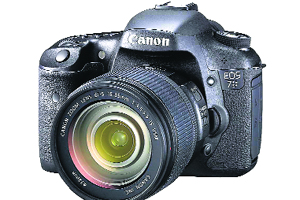
|
Made to be the tool of choice for serious photographers and semi-professionals, the EOS 7D features an all-new 18.0 Megapixel APS-C size CMOS sensor and Dual DIGIC 4 Image Processors, capturing tremendous images at up to ISO 12800 and speeds of up to 8 fps. The EOS 7D has a new all cross-type 19-point AF system with improved AI Servo AF subject tracking and user-selectable AF area selection modes for sharp focus no matter the situation. The EOS 7D’s Intelligent Viewfinder, an entirely newly-designed technology, provides 100percent coverage and displays user-selected AF modes as well as a spot metering circle and on demand grid lines.
For several years now, there have been rumors about a possible Canon EOS 7D introduction. Most of these were based on fiction; however, recently it became clear that certain features could very well become reality. We were offered the opportunity, even before the official introduction, to get acquainted with a new EOS DSLR camera, which indeed turned out to be the Canon EOS 7D. 18 Megapixel CMOS, two DIGIC-4 processors, an entirely redesigned AF system, 100% viewfinder with 1.0x magnification, improved Movie function, and a new LCD monitor, are just a few of the many enhancements and improvements of the Canon 7D camera.
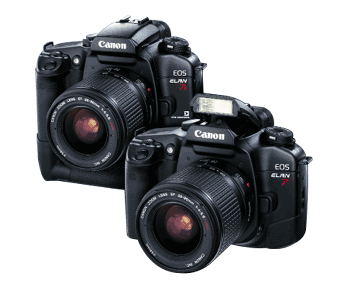
|
During my meeting with Canon, a number of remarkable research results (included source GFK NL) were shared, remarkable at least for the Dutch market. I learned that currently 8.5% of Dutch households own a DSLR, of which an impressively large amount (83%) is still using their first DSLR camera. This means there is a large potential of possible switchers. The number of digital SLR cameras is expected to continue to grow, in fact; the amount of entry-level DSLR cameras will stabilize and growth will occur mainly with the advanced models.
New iFCL Metering with 63-zone dual-layer metering system uses both focus and color information to provide accurate exposure even in difficult lighting. The EOS 7D also captures Full HD video at 30p (29.97 fps), 24p (23.976 fps) and 25p with an array of manual controls, including manual exposure during movie shooting and ISO speed selection. The EOS 7D features a magnesium alloy body that is dust- and weather-resistant and shutter durability of up to 150,000 cycles. Compatible with over 60 EF and EF-S lenses as well as with EOS System accessories.
In the digital SLR line-up, The Canon EOS 7D is what just fits your pocket.It has an 18-megapixel digital SLR with a robust magnesium alloy body, an integrated cleaning system and a durability of 1,50,000 shutter releases .It also textured surfaces and has two control wheels: a small one on the top of the handgrip, and a large, spinning dial on the back of the camera for comfortable grip.
It also features a dual DIGIC 4 processor (image processor) that not only lets you shoot eight frames every second but also speeds up the startup , image processing and review time considerably. The auto-focus on, the 7D — apart from the three auto modes — gives a new AF sensor that has 19 cross-type AF points and some high-precision line sensors that gives you a much sharper and crisper than the normal AF.
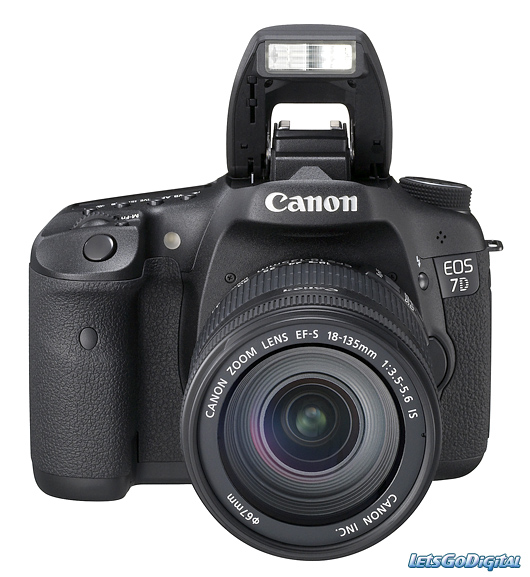
|
For those who love to play along with light and its effects, the 7D has all the normal manual and semi-automatic shooting modes which can be accessed through a dial on the top-left of the camera. One of the key features called the Creative Zone by Canon, its easy to switch with the aperture, shutter speed and also go into a fullblown manual mode.
The 7D supports full 1080p high-definition videos and can record HD content in 1920 x 1080 pixel resolution at a frame rate of 24fps. It has a built-in microphone for audio recording, a socket on the side, which can be connected to an external microphone.
Additionally, we are aware of a rising curve of Canon when it comes to market share, with Nikon as runner-up, followed closely by the third big party; Sony. However, if we look at the value, in money terms, we find that Nikon and Canon are both active and doing well in the more expensive digital SLR camera segment, while Sony maintains a tight grip on the lower-ranked DSLR segment.
Canon opens the door to a new market segment by launching the EOS 7D. Or rather; the camera is an addition to an already existing segment. The Canon EOS 7D should be considered an advanced middle segment camera; or in other words; advanced prosumer DSLR. Many innovative techniques in a high- quality body; a tool that serves the creative photographer in each and every way. Then again, Canon has not left a stone unturned while developing the EOS 7D. The mission primarily aimed at giving the photographer an entirely new photo experience, which is why Canon started a major research project. Worldwide, more than 5000 photographers took part in this research project, both amateur and professional, by providing ideas on what their ideal camera should look like.
Canon gathered valuable additional know-how in order to finally develop the EOS camera. One of the main requests was to have versatility. A photographer should be able to step up to the next level of creativity at any time, without encountering boundaries of camera functionality. This requires speed, among other things, which has resulted in the integration of two powerful DIGIC-4 processors. Not only does it increase the speed, it also takes noise control to a higher level, and a frame speed of no less than 8 frames per second can now be reached. However, continuous speed without a precise and fast AF is useless, so Canon made a genuine effort and developed a new AF system. In particular the accuracy is highly appreciated in practice. The innovative new AF feature of the Canon EOS 7D is a so-called orientation-sensitive AF. This enables the Canon 7D to recognize the angle at which it is held, and then automatically select the pre-set AF-point.
Especially those photographers who have to do their job in various circumstances where climate plays a main role in whether a photo shoot becomes a success or a failure. The protection of the body is of crucial importance during those moments. The housing of the Canon EOS 7D therefore features extra protection against external influences. The camera has been sealed even more properly, to ensure maximum waterproof features. Additionally, every seam of the magnesium camera body has been reinforced. All in all, this provides a weatherproof feature similar to that of the professional Canon EOS-1N DSLR camera.
One of the innovations of the Canon EOS 7D is the integrated, newly developed 18 Megapixel CMOS sensor. As expected, the sensor features a standard APS-C format, which means you have to count with an effective field of view of 1.6x the focal length of the lens. The new CMOS image sensor features a large ISO range and will stand out for its performance at low as well as high ISO values. The sensor itself has more compact circuits with enhanced sensitivity, and a higher capacity of photodiodes. This results in shooting with higher ISO values whilst maintaining an excellent dynamic range. In particular over-exposure in bright environmental light is now being prevented. The standard ISO range (100-6400) can be expanded to 12,800 which allows you to shoot in natural light under all possible conditions without losing quality.
New AF system, and the integration of a separate processor to perform AF calculations, the Canon EOS 7D, in combination with the AI Servo AF II, is able to shoot at an impressive speed of 8 fps. Outstanding is the fact that the Canon 7D uses an AF sensor at which all 19 focus points are ‘cross type’ sensors when using f/5.6 or faster lenses. This combination allows the Canon EOS 7D to work both quickly and accurately, and what’s more; with advanced AF-tracking. The EOS 7D also includes Spot AF, a new feature which uses a smaller part of the sensor for focusing. This comes in handy when dealing with small subjects that have a detailed background, which could confuse the AF sensor. The Canon EOS 7D also features Zone AF which automatically limits the selection to one of the five zones. This allows photographers to ensure a certain object is automatically selected.
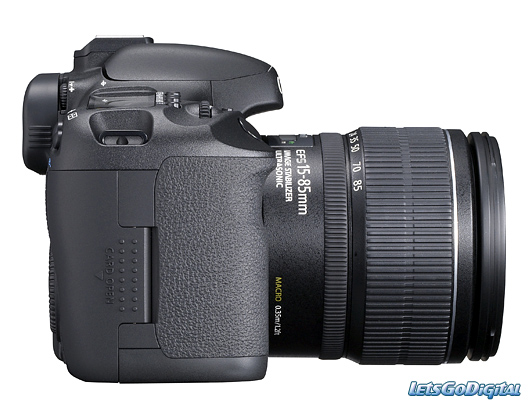
|
Shooting with a viewfinder that provides 100% coverage and a 1.0x magnification, really is perfect and will primarily prove its value in practice. This is in fact the first EOS camera with this type of viewfinder. Although the screen of the camera is not interchangeable, the viewfinder does feature a translucent LCD monitor. This new screen, which can be enlightened in low light conditions, can hold a grid, spot metering and AF points as an overlay. Features like this make photographing a lot easier as well as a lot more pleasant.
New features of the Canon EOS 7D :
• 18 Megapixel APS-C CMOS sensor : Canon designed and produced this sensor, which provides exceptional image quality and delivers a great performance in low and high light situations. This is possible thanks to a new structure of the photodiodes and micro lenses.
• Capturing images at 8 fps : Thanks to the Dual DIGIC 4 processors and improved electrical system, photographers can capture pictures at 8 fps for each file type; no accessories required.
• ISO range : The EOS 7D allows photographers to capture subjects in natural light conditions. The ISO range (100 to 6400) can be expanded up to 12,800.
• Canon EOS movie function : The improved operation, which enables you to directly switch to the movie mode, makes it even more convenient to capture Full HD videos. Users can adjust exposure and frame rate – with options for 24 fps to ensure that special home cinema experience.
• Dual “DIGIC 4” processors : By using Dual “DIGIC 4” processors, users of the Canon EOS 7D never have to compromise on recording speed, image quality and ISO value.
• Impressive design : Canon really did listen to the feedback from the photographer when it came to designing the EOS 7D body and the integrated technologies. A magnesium alloy body provides protection against environmental influences – the rugged, lightweight construction is especially designed so that the camera is able to withstand dust and moisture – like the legendary EOS-1N.
Resources :letsgodigital.org,photographyreview.com
[ttjad keyword=”dslr-camera”]

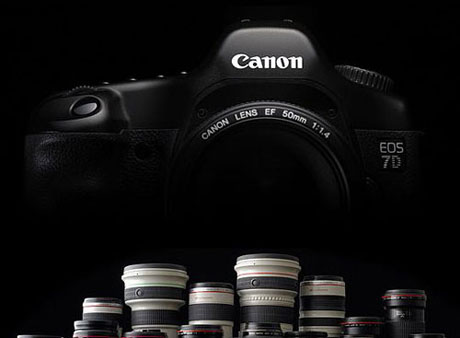
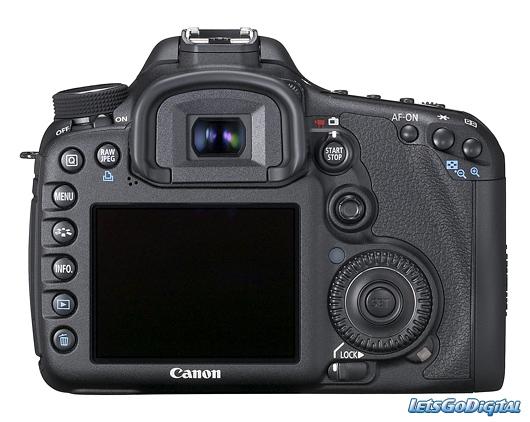
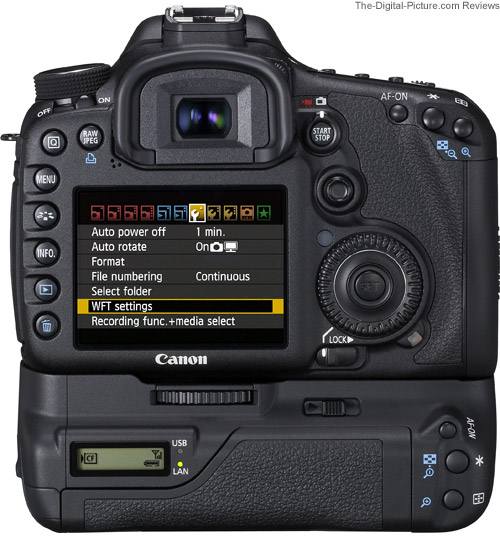

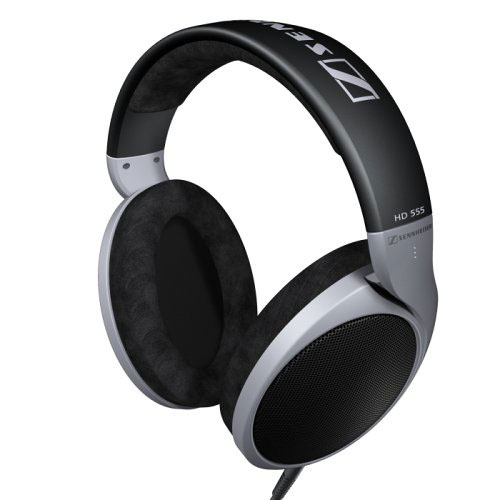
Hi, interesting piece, but I'm wondering whether it might be a little too biased..
I use a Canon 7D myself, and while the high ISO noise is considerably less than other cameras I have used, to say that it “allows you to shoot in natural light under all possible conditions without losing quality” is simply not true.
At 6400+ the grain is noticeable, even when the image is scaled down and a noise reduction filter is applied with Photoshop.
This article reads almost like a press release. I much prefer reviews which give some feedback on how it is to use, not just the numbers and figures which are already freely available. It seems like most of this is just re-written from other reviews.
It's clear the author knows lots about cameras, but I'm not convinced they know much about the 7D.
LA